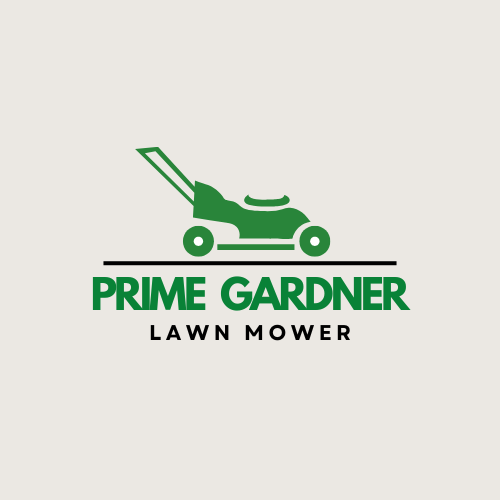The Hidden Secrets of Effective Lawn Mowing and Garden Maintenance
- Prime Studios Design

- Jul 29
- 3 min read
Lawn mowing and garden maintenance are more than just chores; they are vital for the beauty and health of your outdoor spaces. Whether you're a seasoned gardener or still finding your way, grasping the basics can transform your backyard into a lush oasis. In this guide, we'll share practical techniques, essential tools, and valuable tips to make lawn care easier and more rewarding.
Understanding the Importance of Lawn Mowing
Regular lawn mowing is key for a lush and vibrant yard. Not only does it enhance visual appeal, but it also promotes stronger grass growth. Mowing at the right height can reduce weeds significantly, with studies showing that proper mowing can cut weed populations by up to 30%. This practice improves your lawn's resilience against pests and diseases.
A well-maintained lawn allows sunlight and nutrients to penetrate down to the roots effectively. For instance, mowing your grass to a height of 2.5 to 3 inches encourages thicker growth and helps prevent common lawn diseases. Consistent mowing contributes to a robust lawn that can thrive in various conditions.
Choosing the Right Mower
Picking the right lawn mower is crucial for effective lawn maintenance. Consider the size of your yard, the type of terrain, and your grass variety before making a choice.
For small, flat lawns of about 1,000 square feet or less, a push mower can do the job.
For larger areas, say over 2,500 square feet, a riding mower could save you time and energy.
If you have uneven terrain, a self-propelled mower might suit you best. Understanding your yard's specific needs will help you select a mower that enhances your lawn care routine.

Mowing Techniques for Optimal Results
The way you mow can significantly affect the health of your grass. Changing up your mowing pattern can prevent soil compaction and promote upright growth, leading to a thicker lawn.
Make sure your mower blades are sharp; dull blades can create tears in the grass, resulting in a patchy or unhealthy look. Aim to mow when the grass is dry to avoid clumping and ensure an even cut. A quick tip: mow in different directions each week to encourage healthier grass growth.
Garden Maintenance Essentials
Beyond mowing, effective garden maintenance involves regular weeding, pruning, and fertilizing. Weeds compete with your plants for essential nutrients and moisture, so removing them is crucial to plant health.
Pruning your shrubs and flowers can significantly boost their growth. For example, removing dead branches allows light and air to reach new growth better. Likewise, establishing a balanced fertilization schedule is essential for rich, nutrient-filled soil. Regular testing can help you determine specific nutrient needs for your plants.
Timing is Everything
The timing of your mowing and garden maintenance plays a vital role in achieving great results. Aim to mow no more than one-third of the grass height at a time to minimize stress on your lawn. Stick to a mowing schedule that aligns with the growth cycle of your grass type, which can vary with climate.
Seasonal adjustments are also essential. In spring, focus on fertilization (consider a nitrogen-rich fertilizer with a ratio like 3-1-2) and aeration. In the fall, prepare your garden for winter by mulching and planting perennials. Such seasonal tasks improve both the beauty and durability of your outdoor space.

Bringing It All Together
Efficient lawn mowing and garden maintenance go beyond surface beauty; they nurture a healthy ecosystem right at home. By mastering mowing techniques and garden care practices, you can cultivate an inviting outdoor space that reflects your personal style and increases your property’s appeal.
Remember, no two gardens are alike. So take the time to observe and adjust your maintenance practices to cater to your specific conditions. With consistent effort and care, your efforts will ripple out into a stunning landscape that delights everyone who sees it.



Comments